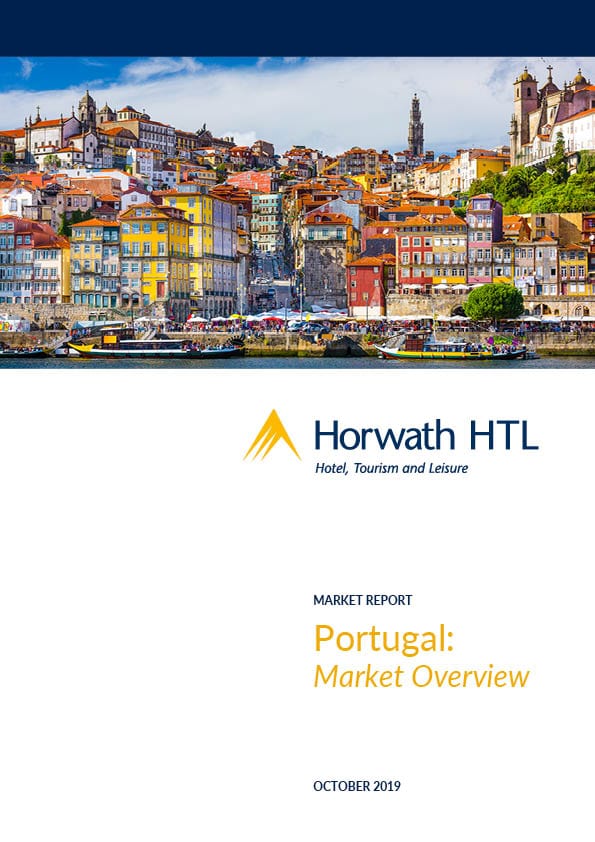Market Report: Portugal Market Overview
By on October 1, 2019

Overview
For the last 20 years, Portugal has been making improvements to its tourism sector and, after considerable effort, is finally getting the desired result. The Portuguese tourism sector has grown since 2011 by more than 10%, growing not only in overnight stays, but also in the number of source markets, at the same time as losing its historical dependence on the British market.
Portugal’s tourism strategy has been based on government stability, implementing this strategy discreetly and taking advantage of the media coverage generated by the tourism industry of its Spanish neighbours. The increase in the number of hotels, the campaigns to improve existing properties and the enrichment of the tourist offer (nature, cultural & religious heritage, sports, luxury to name a few) have been three key objectives.
In 2017, the Portuguese Tourism Minister announced the construction of 40 new hotels and the restoration of 30 historic buildings, such as palaces and convents, to convert them into hotels.
Between 2010 and 2016 the number of international tourists increased by 67%, and the level of tourism in general by 40%. Currently, Portugal receives more than 21 million tourists annually, generating employment for more than 1,15 million people. GDP in 2018 exceeded the 20% contribution barrier, more than doubling the results obtained in 2015 and representing a weighted 25% increase over the GDP performance in Spain.
Demand
Portugal has historically been a British tourism destination. Due to the instability surrounding Brexit, the country has focused its tourism promotion on diversification. As a result, tourism to Portugal from countries such as Spain, France and Germany has increased notably since 2012.
This strategy also achieved results elsewhere, and markets such as Canada, Poland, EUA and Brazil grew noticeably. On the other hand, some of the most important countries for the Portuguese tourist market: UK, Germany, Spain and the Netherlands have shown a decreasing trend during the period 2013-18.
Supply
Between 2015 and 2018, 256 new hotels were granted licences, which constitutes a significant number of new properties. During this period, hotel inventory increased by just over 24%. In 2018 Portugal saw the opening of 81 new hotels. These were mainly in the metropolitan areas of Lisbon and Porto, where investors and operators currently want to focus their attentions. The boom in Portuguese tourism has turned the sector into one of the main drivers behind the economic recovery of the country.
Pipeline
87 new hotels will soon be opening their doors in the country; a total of 9.012 new rooms. Lisbon will receive 32.3% of these rooms, resulting in the city having 35% of total hotel assets in Portugal and remaining the main target for development. Hotel rooms in Portugal will increase by 9.9% and hotels by 6.7%. Since 2015, the Portuguese tourism sector has grown remarkably year after year and has consolidated the country’s position in the world ranking of this sector.
Highlights
- Segmentation of the Portuguese Market
- (MICE, Golf, Beach, Cruise)
- Market diversification to avoid the impact of Brexit
- New Investment (capex and development)
- Political stability as a strength
- Efficient governmental tourism policies
- RevPAR positive trend
Download the report to get the full picture and all key stats.